Publié : 27 October 2025
Actualisé : 1 day ago
Fiabilité : ✓ Sources vérifiées
Notre équipe met à jour cet article dès que de nouvelles informations sont disponibles.
📋 Table of Contents
- What We Know About OpenAI's Project 🔬
- Why Now? The Perfect Storm 🌪️
- Under the Hood: How the Magic Happens 🎶
- OpenAI vs. Existing Players: A New Challenger? 🥊
- Real-World Impact: Who Benefits? 🚀
- Getting Started: Pro Tips for Creative Use 💡
- The Ethical Beat: Navigating the New Soundscape ⚖️
- ❔ Frequently Asked Questions
Imagine a world where music, that universal force that moves us, uplifts us, and makes us dance, could be created from a simple whisper, an idea, a piece of text. A world where your next video soundtrack, podcast jingle, or even the rough draft of your next song comes to life in a few clicks, without a single note played. This is the breathtaking promise emerging on the horizon, championed by none other than OpenAI, the giant behind ChatGPT and Sora.
According to persistent whispers in the innovation corridors, OpenAI is working on a revolutionary music generation system. Its ambition? To transform a simple intention – text, an audio sketch, a scribbled idea – into a complete sound composition. But beyond the palpable excitement, this announcement raises a multitude of questions: how will this tool integrate into our creative workflows? How will it differentiate itself from existing solutions? And crucially, how do we navigate the maze of legal and ethical challenges that accompany every major AI breakthrough? Buckle up, we’re diving together into this new musical era.
What We Know About OpenAI’s Project 🔬
Information is trickling out, but it’s most intriguing. OpenAI is reportedly crafting a model specifically designed to interpret natural language and transform it into music. Think of a prompt like: “neoclassical piano ambiance, moderate tempo, melancholic mood for a reunion scene.” The AI would then be capable of producing a track usable for a video, a podcast, or even as a basis for more elaborate musical creation.
But the ambition goes further. This system would aim to generate accompaniments, loops, separate stems (drums, bass, melody, synthetic voice), offering incredible flexibility for mixing and arranging. The cherry on top? Students from the prestigious Juilliard School have reportedly contributed to annotating scores and excerpts. This human collaboration would be key to helping the algorithm understand not just the notes, but also harmonic structures, rhythms, and, more subtly, interpretive intentions. An approach that promises more nuanced, less robotic music.
Key Point to Remember: The involvement of Juilliard students suggests OpenAI’s desire to go beyond simple reproduction to achieve a deep understanding of musical nuances and emotions.
Why Now? The Perfect Storm 🌪️
The fact that AI is making such a dazzling entrance into musical composition today is no accident. It’s the result of a convergence of factors. Firstly, the explosion of structured musical data and annotation tools, which allow machines to “tell” music with unprecedented precision. Secondly, the computing power and evolution of audio models, now capable of digesting and learning complex temporal representations: harmonies, rhythms, timbres, dynamics. Finally, and this is a crucial driver, the insatiable demand for audio and video content, which requires rapid and constant production, whether for social media, podcasts, or brand campaigns.
Under the Hood: How the Magic Happens 🎶
Without getting into technical jargon, the mechanics can be simplified. You provide an instruction, whether textual (“a smooth jazz tune”) or a short audio clip as a reference. The AI then projects this information into a “latent” space – a kind of map where all musical relationships are encoded: cadences, rhythmic patterns, melodic profiles. Then, it “decodes” this space to transform it into a sound signal, either directly or via intermediate steps like MIDI files or spectrograms. This is how AI learns to link a creative intention to coherent and expressive sonic choices.
OpenAI vs. Existing Players: A New Challenger? 🥊
Names like Suno and ElevenLabs have already emerged, democratizing the generation of songs, singing voices, and jingles. But where OpenAI could truly make a mark is on several crucial points: the precise alignment between textual intention and the final result, the fluidity of musical transitions, the quality of stem separation (for more advanced mixing), and above all, ergonomics designed for creators who are not trained musicians.
If OpenAI’s tool allows fine control over structure (verse-chorus-bridge, rhythmic variations, intensity per section), it could quickly become the preferred ally for videographers and podcasters seeking impeccable narrative consistency. The other challenge is versatility. Many generators excel in a given style but struggle as soon as they step out of their comfort zone. A well-trained OpenAI AI would need to navigate with ease from neoclassical to trap, from lo-fi to funk, guaranteeing credible sounds and breathing dynamics.
“The real innovation in AI music generation won’t be creating one perfect style, but being perfectly adaptable to all styles and intentions.”
Real-World Impact: Who Benefits? 🚀
The practical applications are vast and exciting for many creative profiles:
For Videographers and Motion Designers: Imagine creating several variations of the same ambiance in minutes, automatically synchronizing audio dynamics with key editing points, or generating short versions (15, 30, 60 seconds) ready for social media. Access to separate stems would allow for ultra-fine mixing and quick alterations without starting from scratch.
For Podcasters: Generate a recognizable main theme, smooth transitions between segments, background music (underscores) that match the episode’s tone, all with stabilized sound levels. AI could even adapt the sonic color based on the guest or the mood of the day.
For Independent Artists: This is an unprecedented prototyping tool. Test chord progressions, melodies, rhythmic structures. Generate workable demos to refine later in a DAW (Digital Audio Workstation). AI becomes a creative collaborator, a tireless musical sparring partner.
Important: The speed of iteration offered by these tools could radically transform the creative process, allowing dozens of ideas to be explored in record time.
Getting Started: Pro Tips for Creative Use 💡
To get the most out of these tools, a few best practices are essential:
- Refine your musical prompt: Be precise about the ambiance, genre, instruments, energy, emotions. A good prompt is the key to a good result.
- Work in iterations: Don’t aim for perfection on the first try. Generate, listen, adjust your prompt, and repeat. It’s a dialogue with the machine.
- Use stems and fine editing: If the AI offers separate tracks, use them. You can then retouch certain elements, mix to your liking, and add your personal touch.
- Think about licensing from the start: Copyright issues are complex. Make sure you understand the terms of use and commercialization for AI-generated music you choose.
Important: Sound quality and the richness of musical details are the hallmarks of a powerful AI generator. Don’t just settle for a simple melody; listen to the dynamics, spatialization, and texture.
| Key Aspect | Practical Advice |
|---|---|
| Prompt Precision | Detail ambiance, genre, instruments, emotions. |
| Iterations & Refinement | Generate, listen, modify prompt in a loop. |
| Stem Utilization | Use separate tracks for personalized mixing. |
| Licensing | Always check commercial usage rights. |
The Ethical Beat: Navigating the New Soundscape ⚖️
Of course, enthusiasm must be tempered by deep reflection on legal and ethical issues. Who owns the copyright to AI-generated music ? How can we avoid standardization and the loss of soul in creation? How do we ensure that training data respects original artists? These are all complex challenges that will need to be addressed with transparency and responsibility. OpenAI, as a major player, will have a heavy responsibility in establishing these new standards.
The potential arrival of OpenAI in music creation is not just another tech feature; it’s a true tipping point. An invitation to rethink our creative methods, to embrace collaboration with machines as a new form of artistic expression. AI won’t replace the human spark, but it could well become its most powerful amplifier. It’s up to us, creators, to play this new score with audacity and discernment.

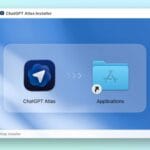

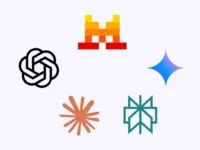


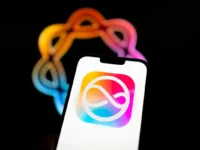
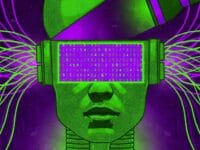










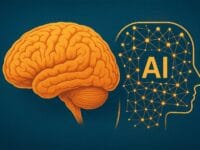


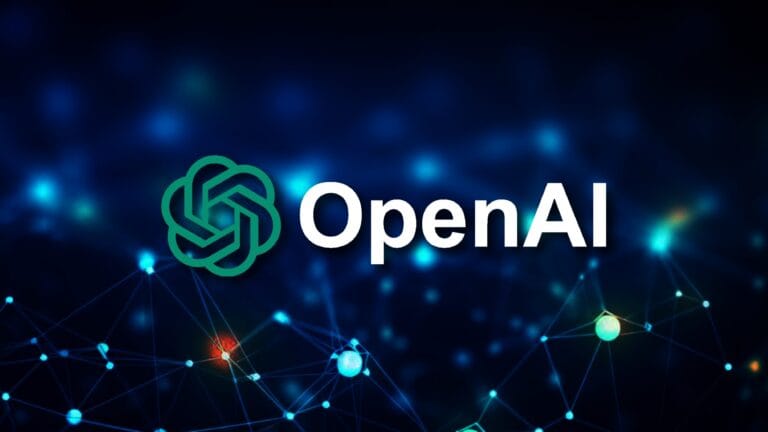
0 Comments